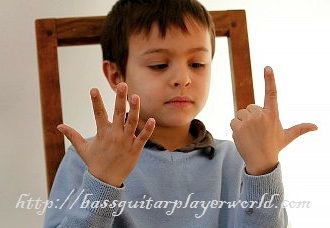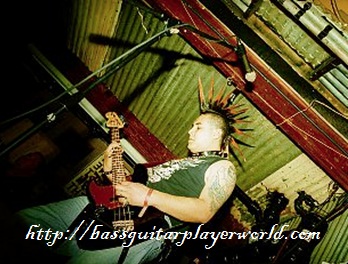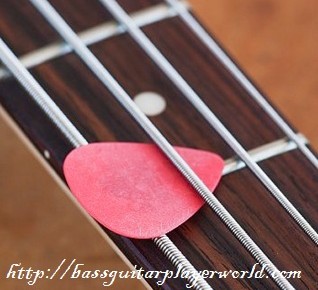How to Count Rhythm Without the Fuss
 So you want to become a bass god, but you don’t quite know where to start honing your skills? Or maybe you have trouble keeping time, and your notes always seem to be a little too short or a little too long.
So you want to become a bass god, but you don’t quite know where to start honing your skills? Or maybe you have trouble keeping time, and your notes always seem to be a little too short or a little too long.
Whether your goal is to rule the world of bass, or just play some covers in your room for fun in your spare time, everyone starts somewhere.
The most basic place to start, the place that will give you a leap ahead the rest of the pack, is simple; learning how to count rhythm in bass playing.
Counting rhythm is the most basic of musical theory skills. It is also the most important. Scales, arpeggios and syncopated rhythms are all great, but they are all useless if you don’t know how to count the rhythms you are trying to play.
Let’s Start Counting 1,2,3…
The first step to counting rhythm is to put down your bass. That’s right, let it lie on your bed, or snuggle it away in its case. Your bass has zero part in learning to count rhythm.
Next, take out your metronome. If you don’t have a metronome, use one on the computer. One of the best online metronomes is called metronomeonline (dot) com. When you get yourself situated with a metronome, set it to 60bmp. This is a very casual pace, and for a purpose; learning to count rhythm isn’t about how fast you can go, it is about learning to be accurate so that the skill will transfer over to your faster playing when necessary.
This means stuff your temptation to speed up past 60bmp, at least for this lesson.
 So now that your metronome is clicking away (or should be) at 60bmp, the next step is to identify the clicks. Each click is a beat. For arguments sake, we are going to use a basic 4/4 rhythm, which means that four clicks will be the equivalent of a full measure.
So now that your metronome is clicking away (or should be) at 60bmp, the next step is to identify the clicks. Each click is a beat. For arguments sake, we are going to use a basic 4/4 rhythm, which means that four clicks will be the equivalent of a full measure.
Try clapping on each beat. Count; one, two, three, four, one, two, three, four, etcetera.
That is a basic 4/4 quarter note rhythm count. In this beat you are clapping only on what is known as the on-beat. To count an eighth note 4/4 rhythm, you would need to clap on the off-beat as well as the on-beat. This is achieved be clapping one on the on beat, then a lighter clap for on, on the off-beat.
Going a Little Faster And Breaking Up Time
So our eighth note 4/4 rhythm, when clapped, would look like this:
One and Two and Three and Four and
Now, the last way to count basic rhythm (without getting into crazy note lengths) within a 4/4 measure, is with sixteenth notes. Sixteenth notes are counted a bit differently. They still consists of an on-beat and an off-beat but they also, because four equal a quarter note, have other syllables involved.
16th Note Rhythms
A sixteenth note 4/4 measure would be counted like this:
One e and a, Two e and a, Three e and a, Four e and a
The count will still fall on the first beat, but the ‘e and a’ will fall between clicks.
Now that you know the basics of rhythm counting, the best thing you can do is practice with your bass. Take some time to familiarize yourself with each note. When you feel comfortable, try mixing and matching the notes, as long as they fill a full 4/4 measure without going over the time signature.
You Need To Check This Out
If you want to a shortcut to bass playing success, Teach Me Bass Guitar is everything you will ever need. It is the ultimate DVD program that takes you step by step from a beginner to becoming an advanced player. For a limited time, get a WHOPPING 25% off the massive course…
Related Articles
Comments are closed.






